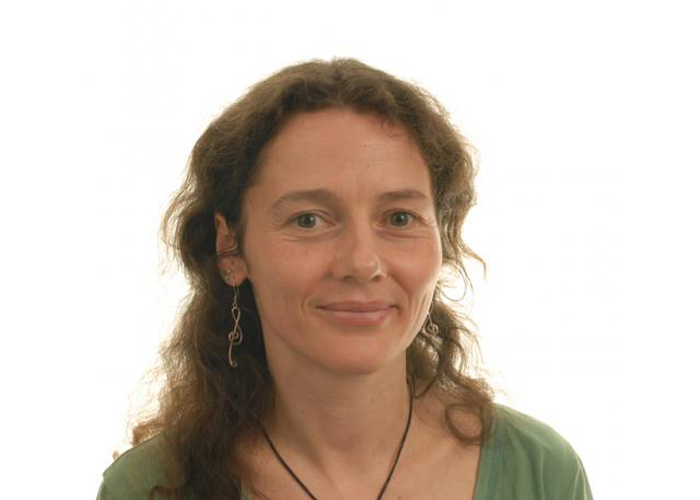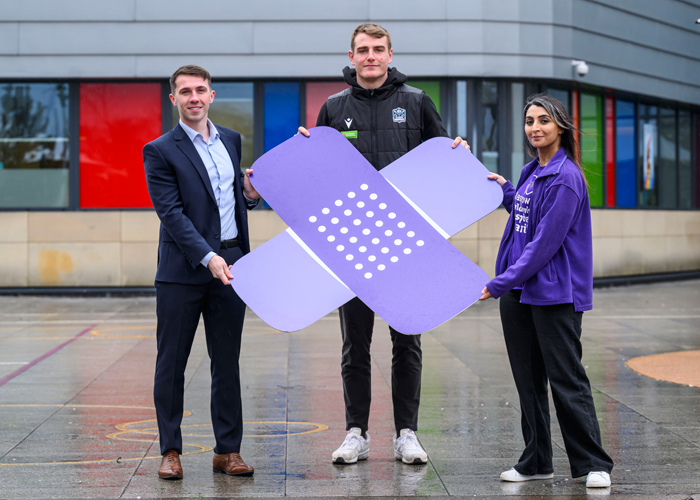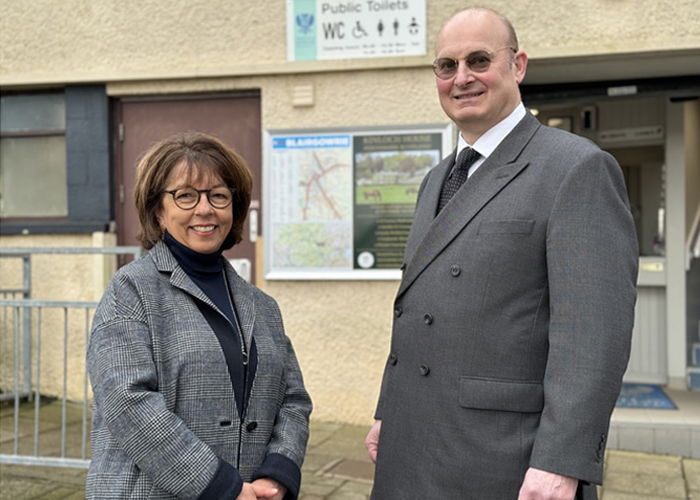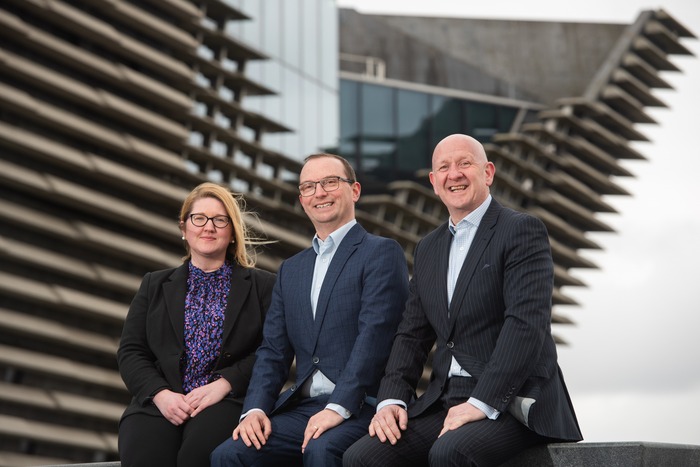THE flux tower network in Scotland is to be extended and enhanced to better understand the carbon and climate impact of restoring peatlands.
Supported by over £1 million of Scottish Government funding, three additional flux towers will join the current network and all nine of the towers currently in the network will be upgraded.
The data from flux towers is used to measure greenhouse gas emissions from soils and degraded peatland and show how the emissions change after restoration. The new towers will be operated by the James Hutton Institute who lead on wider research and analysis of Scottish soils and peatland.
Rural Affairs Secretary Mairi Gougeon said:
“Scotland is leading the way on peatland policy. Peatland restoration is a key element of our updated Climate Change Plan. We are committed to significantly increasing the rate of peatland restoration in Scotland.
“We need to make sure that we can assess the greenhouse gas impacts from rewetting different land-types across Scotland, which can then help us understand where and how to best target our restoration efforts. These flux towers will help us continue to build our evidence base to increase cost-efficiency and effectiveness.”
Dr Rebekka Artz, a senior scientist at the James Hutton Institute, added:
“This investment substantially increases and standardises our network of ground observations of carbon dioxide and methane emissions monitoring from Scottish peatlands. The new equipment will be placed to address a critical gap in our understanding, namely the degree to which peatlands under grassland use lose carbon.”
“These will be vital observations to improve not only the reporting of greenhouse gases from peatlands, but also will serve to enhance our ability to understand regionally different impacts of land management decisions and climate change on peatland resilience.”










